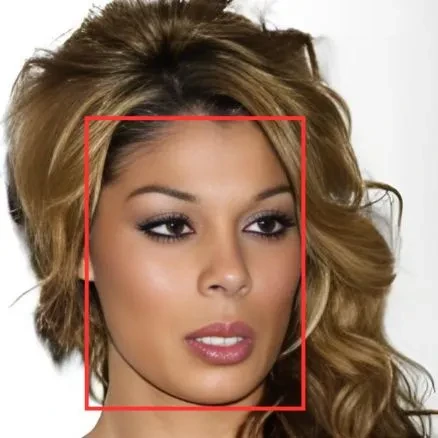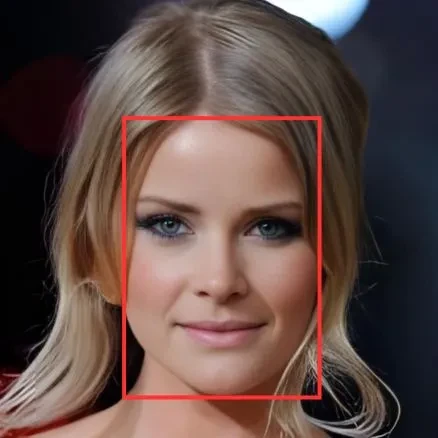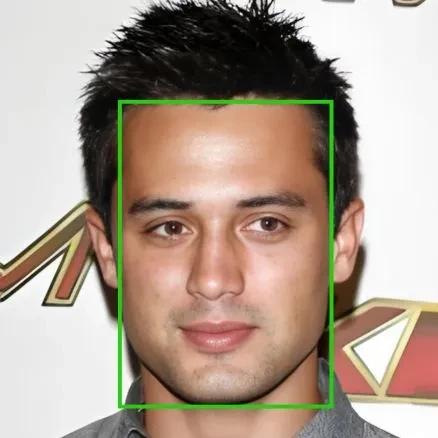Facial Attribute Dataset – CelebA
Home » Case Study » Facial Attribute Dataset – CelebA
Project Overview:
Objective
The primary goal is to curate a dataset that enhances the capabilities of facial recognition systems by encompassing diverse facial attributes present in real-world scenarios. To achieve this, we will actively identify and include a wide range of facial attributes, such as different skin tones, ages, and facial expressions. Additionally, we will ensure the dataset features a variety of lighting conditions and angles to better simulate real-world scenarios.
Scope
The Facial Attribute Dataset – CelebA encompasses an extensive array of facial characteristics, including gender, age, facial expressions, presence of accessories, and ethnicity, among others. Moreover, this dataset captures the complexity of real-world scenarios by incorporating diverse lighting conditions, variations in facial orientations, and instances of occlusions. Consequently, it simulates a broad spectrum of real-life situations, providing a robust and comprehensive resource for training and testing facial attribute recognition algorithms.




Sources
Real-world Image Collection: We source data from various real-life scenarios, thereby capturing individuals from different demographics and environments.
First and foremost, we gather images from diverse locations, ensuring a wide representation of different backgrounds. Additionally, we actively seek out individuals from various age groups, ethnicities, and socioeconomic statuses.
Synthetic image generation involves creating artificial images to augment datasets, ensuring diversity and comprehensiveness. By using synthetic images, we can effectively enhance the variability and scope of our datasets.
Firstly, synthetic images are generated to augment the dataset. This process, in turn, ensures diversity and comprehensiveness. Furthermore, these artificially created images play a crucial role in expanding the range of scenarios our dataset can cover.



Data Collection Metrics
- Total Data Collected: 100,000 images with accompanying attribute labels.
- Data Annotated for ML Training: 120,000 images annotated with detailed attribute labels suitable for machine learning models.
Annotation Process
Stages
- Attribute Classification: We meticulously label each facial attribute, including gender, age, and expression, to facilitate attribute recognition tasks. Consequently, this detailed labeling ensures that we accurately recognize these attributes. Furthermore, employing active voice emphasizes the importance of each labeled attribute in improving the efficiency of recognition tasks.
- Region of Interest Annotation: We identify and annotate specific facial regions containing attributes of interest to ensure precise attribute detection. First, we pinpoint specific facial regions harboring these attributes. Then, we meticulously annotate these regions. This active process enables us to guarantee precise attribute detection.
- Occlusion Handling: Annotations comprehensively account for occlusions such as facial hair, glasses, and hats, thereby ensuring robustness in attribute recognition. Additionally, they meticulously identify these elements, which allows for a more precise analysis. Consequently, this attention to detail enhances the overall accuracy and reliability of the attribute recognition process.
Annotation Metrics
- Attribute Labels: 120,000 images are annotated with detailed attribute labels, covering various facial characteristics.
- Region of Interest Annotations: 110,000 annotations highlight specific facial regions pertinent to attribute recognition.
- Occlusion Annotations: 100,000 annotations address occlusions, ensuring accurate attribute detection in challenging scenarios.




Quality Assurance
Stages
Algorithm Validation: The dataset undergoes rigorous validation to ensure its efficacy in training facial attribute recognition algorithms.
Adherence to Privacy Standards: Stringent privacy protocols are followed to anonymize data and uphold user confidentiality.
Iterative Improvement: Continuous feedback drives iterative improvements in data collection and annotation processes, enhancing dataset quality over time.
QA Metrics
- Attribute Recognition Accuracy: Detailed facial attributes are recognized with a high accuracy rate of 97%, ensuring reliable performance in real-world applications.
- Occlusion Handling Performance: The dataset demonstrates robustness in handling occlusions, achieving an accuracy rate of 95% in attribute detection despite challenging scenarios.
- Privacy Compliance: Adherence to international privacy regulations is maintained, achieving 100% compliance with data protection standards.
Conclusion
The development of the Facial Attribute Dataset – CelebA marks a notable progression in the field of facial recognition technology. Through its provision of an extensive and varied assortment of annotated facial attributes, the dataset emerges as a pivotal asset for driving forward research and innovation in facial attribute recognition. Its utility extends across multiple domains, including but not limited to security, surveillance, and human-computer interaction, where its rich data stands to inform and enhance the development of cutting-edge applications and systems.

Quality Data Creation

Guaranteed TAT

ISO 9001:2015, ISO/IEC 27001:2013 Certified

HIPAA Compliance

GDPR Compliance

Compliance and Security
Let's Discuss your Data collection Requirement With Us
To get a detailed estimation of requirements please reach us.